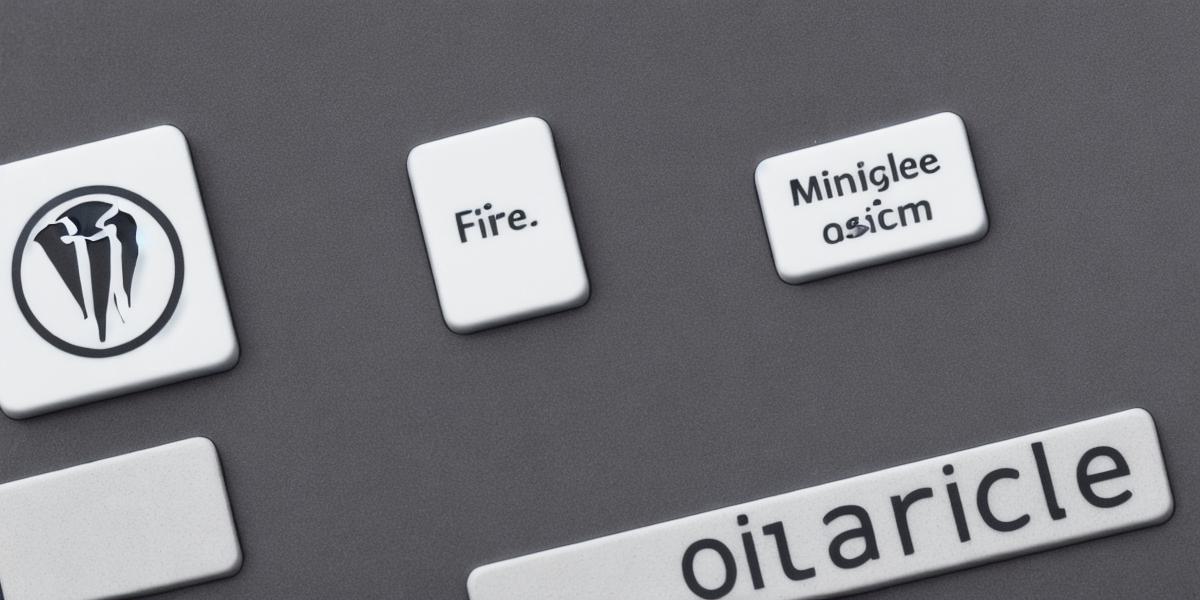If you’ve ever experienced a WordPress error message, you know how frustrating it can be. Whether it’s a 404 error, a white screen of death, or something else entirely, these errors can make your website unavailable to visitors and potentially harm your search engine rankings. In this article, we’ll explore the common causes of WordPress error messages and provide solutions to help you resolve them quickly and efficiently.
- 404 Error: The Not Found Error
The 404 error is one of the most common WordPress errors that users encounter. This error typically appears when a web page cannot be found on your site. It can occur due to a variety of reasons, including misspelled URLs, outdated permalinks, and deleted pages. To fix this error, you can try the following solutions:

- Check the URL to make sure it is spelled correctly and that the correct permalink structure is being used.
- Verify that the page you are looking for has not been deleted or moved.
- Use a plugin like WP-Robot or Yoast SEO’s sitemap tool to generate new sitemaps and update your site’s search engine rankings.
- White Screen of Death: The Fatal Error
The white screen of death (WSOD) is another common WordPress error that can cause your website to become unavailable to visitors. This error typically appears when there is a problem with your website’s PHP configuration or theme. To fix this error, you can try the following solutions:
- Disable all plugins on your site and switch to a default theme to rule out plugin conflicts.
- Check your PHP configuration settings to make sure they are optimized for your website’s needs.
- Use a plugin like WP Super Cache or W3 Total Cache to improve your site’s performance and reduce the likelihood of WSOD errors.
- Slow Loading: The Performance Issue
Slow loading times can cause visitors to leave your site quickly, resulting in lower engagement rates and potentially harming your search engine rankings. There are several reasons why your website may be slow, including large image files, too many plugins, and outdated code. To fix this issue, you can try the following solutions:
- Optimize your images by compressing them using a tool like TinyPNG or Imagify.
- Disable unnecessary plugins and switch to a lighter theme.
- Use a caching plugin like WP Super Cache or W3 Total Cache to improve your site’s performance.
- Malware: The Security Threat
Malware infections can cause a variety of issues on your website, including error messages, slow loading times, and even data loss. To protect your site from malware infections, you should regularly update your WordPress core software, themes, and plugins, and use a security plugin like Wordfence or iThemes Security to monitor your site for potential threats.
- Backup: The Prevention Plan
Finally, it’s important to have a backup plan in place in case of a WordPress error or other issue that requires you to restore your site from an earlier version. You can use plugins like UpdraftPlus or VaultPress to automate the backup process and store your backups in a secure location off-site.
Summary
WordPress errors can be frustrating for both website owners and visitors, but with the right solutions, you can quickly resolve these issues and keep your site running smoothly. By understanding the common causes of WordPress errors and implementing preventative measures like regular updates and backups, you can minimize the risk of errors and ensure that your website is always available to your audience.



